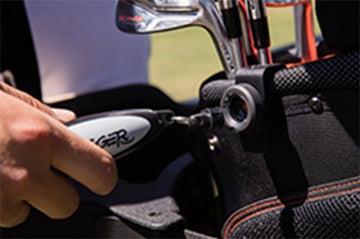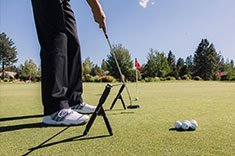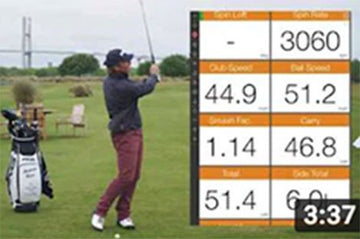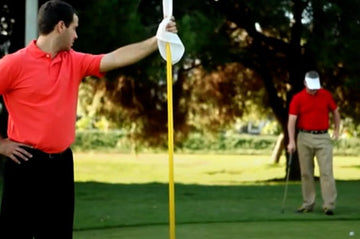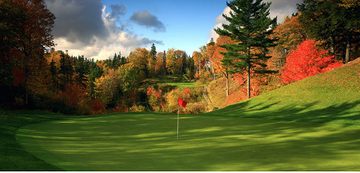Golf Tips: Elevation Change
Here's a very basic concept which is well known for experienced golfers, but new or beginner golfers may not understand. The concept is the effect of elevation change on golf shots, both ascending and descending.
Descending Golf Shots
Golf shots which originate from an elevated location and descend to the target will most likely play "shorter" than the yardage. For instance, lets say we are playing a par-3 of 200 yards, but we have a substantial drop from tee to green of 50 feet. The result of the drop in elevation may produce an effective yardage of 180-190 yards, depending on the trajectory of the shot. I usually play downhill shots as a "one club" difference, unless they're extremely downhill. So on this 200 yard par-3 I may choose to hit a 6-iron (my 185 club) rather than a 5-iron (my 200 club).
During a practice round or time when you are able to hit some practice shots without holding up play, try experimenting with elevated tee shots and see what difference there is for you.
Ascending Golf Shots
Just as downhill shots reduce the effective yardage, uphill shots increase the effective yardage. If we reverse the previous example to a 200 yard shot which is uphill with an elevation change of 50 feet, the effective yardage could play 210-220 yards. Depending on the severity of the up-slope I'll usually take 1-2 clubs extra. So if I'm 185 yards out with an uphill shot I'll hit my 200 yard club.
There's one catch with the uphill shots though. Due to the fact that you are picking longer clubs and the angle that the ball comes in to the target area, the ball may run farther than expected. In this case it may be wise to worry more about the yardage to the front of the green and play for that, as the ball will likely release a bit more than normal.
Once again, experiment with different shots when the course is clear. When the situation arises in a real round of play or tournament, you'll be ready!












